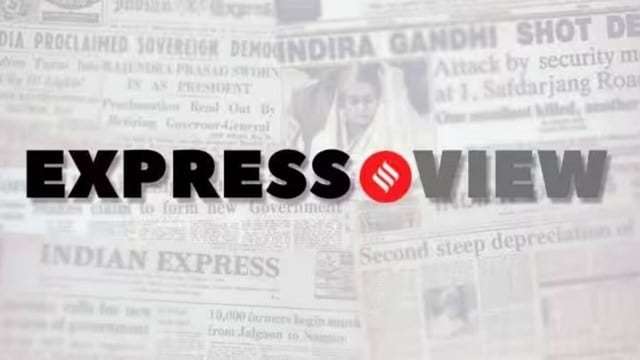
The Cambridge Dictionary’s “word of the year” — parasocial — doesn’t merely stand in for the one-sided bonds forged with celebrities, “content” creators and influencers through their social-media presence. It captures the strange comfort of relationships in which reciprocity is optional and intimacy outsourced; where the emotional upheavals in the lives of distant stars — engagements, breakups, marriages, burnouts — feel more relatable than the well-meaning neighbour one keeps stonewalling in the elevator.
In the early 1950s when television started becoming a fixture in middle-class homes, University of Chicago sociologists Donald Horton and Richard Wohl observed a curious phenomenon — viewers had begun forming attachments with stars and sportsmen that mimicked real life. They named the phenomenon “parasocial”. As pop star Taylor Swift’s engagement news sent followers into a frenzy, as listeners found their own heartbreaks reflected in Lily Allen’s breakup album West End Girl, the coinage became a shorthand for a cultural reality in which the emotional lives of famous strangers began to feel intimately like one’s own. In this, the perpetually online may lead the charge, but the terrain they occupy is common ground.
What this says about the modern condition, though, is harder to dismiss: In a hyper-connected world, loneliness has found subtler ways to settle in. It manifests itself in weightless relationships with AI companions and chatbots, in the endless scroll through curated lives, in the inability to reach out and forge IRL relationships with all their vulnerabilities. But that has always been the challenge: To follow the spark, to hold on and to hang in when nothing makes sense, until it does.